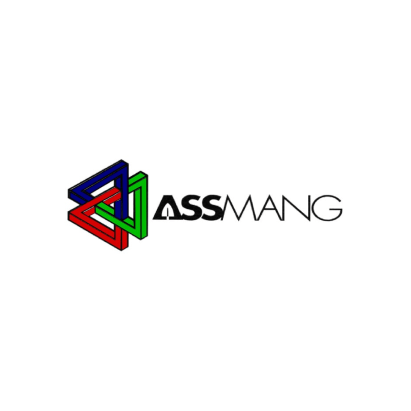Expansion project
For the mine’s expansion Project, ASSMANG again appointed DRA Mineral Projects as the Managing Contractor for the project and Iritron was again contracted by DRA to implement the extensions to the already-installed AVEVA System Platform (formerly Wonderware).
Iritron is a certified AVEVA System Platform integrator and has a long track record with ASSMANG and extensive knowledge of their standards and requirements. To date, Iritron has successfully implemented five large ArchestrA projects ranging from the Northern Cape to the United States and the company is currently busy with another four projects. Iritron is also actively involved in the Beta and systems testing of current and future releases of AVEVA System Platform.
“One of the main advantages of AVEVA System Platform is its scalability, flexibility and ease of expansion once standards and templates have been developed for a specific implementation,” says Iritron director Johann Pienaar. “In this case, the standards and templates that were developed during the initial phase of the project could be re-used for all the new plant sections.”
In terms of hardware, the existing System Platform was expanded by adding an additional pair of redundant Application Object Servers and six additional InTouch View Nodes in the new plant sections – King Primary Crushing, 2nd Load-Out Station and the Jig Plant Extension. No other hardware additions were required – the existing servers and networks had more than sufficient spare capacity in terms of processing power and licensing.
In terms of software development, the effort put in during the definition and development of the standards and templates during the initial project finally paid off. “All that was required was to create new instances of the existing templates (motors, valves, conveyors, crushers, screens, etc.) for each piece of equipment that had to be added,” says Pienaar. “No testing and integration were required, seeing as these templates had already been thoroughly tested. The same applied to the PLC programmes.”
Once the object instances had been created (exports from the FDES instrumentation design software and CSV imports were used to automate this process in both System Platform and in RSLogix5000), the new mimics were created by dragging and dropping the associated object graphics on to the mimic pages and adding the static detail. The graphics and animation form part of the object templates, so no additional configuration or testing was required.
The size of the Khumani Expansion Project is about 50% of the original project, but the SCADA development took less than 10% of the original development thanks to the standards enforcement of the underlying ArchestrA technology. The savings in time will be even more pronounced during commissioning.
“We are thankful for AVEVA’s ArchestrA technology because its developers obviously understood our very real needs and built an environment that allows us to grow painlessly, quickly and to the benefit of our clients,” concludes Pienaar.
Benefits
- Using standards developed during the initial phase of the project greatly reduced engineering time
- Thoroughly tested existing templates could be redeployed with confidence
- The System Platform provided all the necessary scalability, flexibility and ease of expansion the project requiredConclusion
Proof positive that the bottom line is impacted positively when industrial production solutions “understand” the long-term view rather than cater for the immediate fix. Based on soaring world demand, it’s predictable that Khumani will continue to expand and continue to hone its production processes to maximise profits.Through design, the solutions now in place “understand” that this is the norm of today’s industrial marketplace and will continue to deliver results that keep pace with the inventiveness and ingenuity of their owners. After all is said and done, it’s results that count – not promises.


